Home>Home Appliances>Home Automation Appliances>What Is A Low Voltage Thermostat
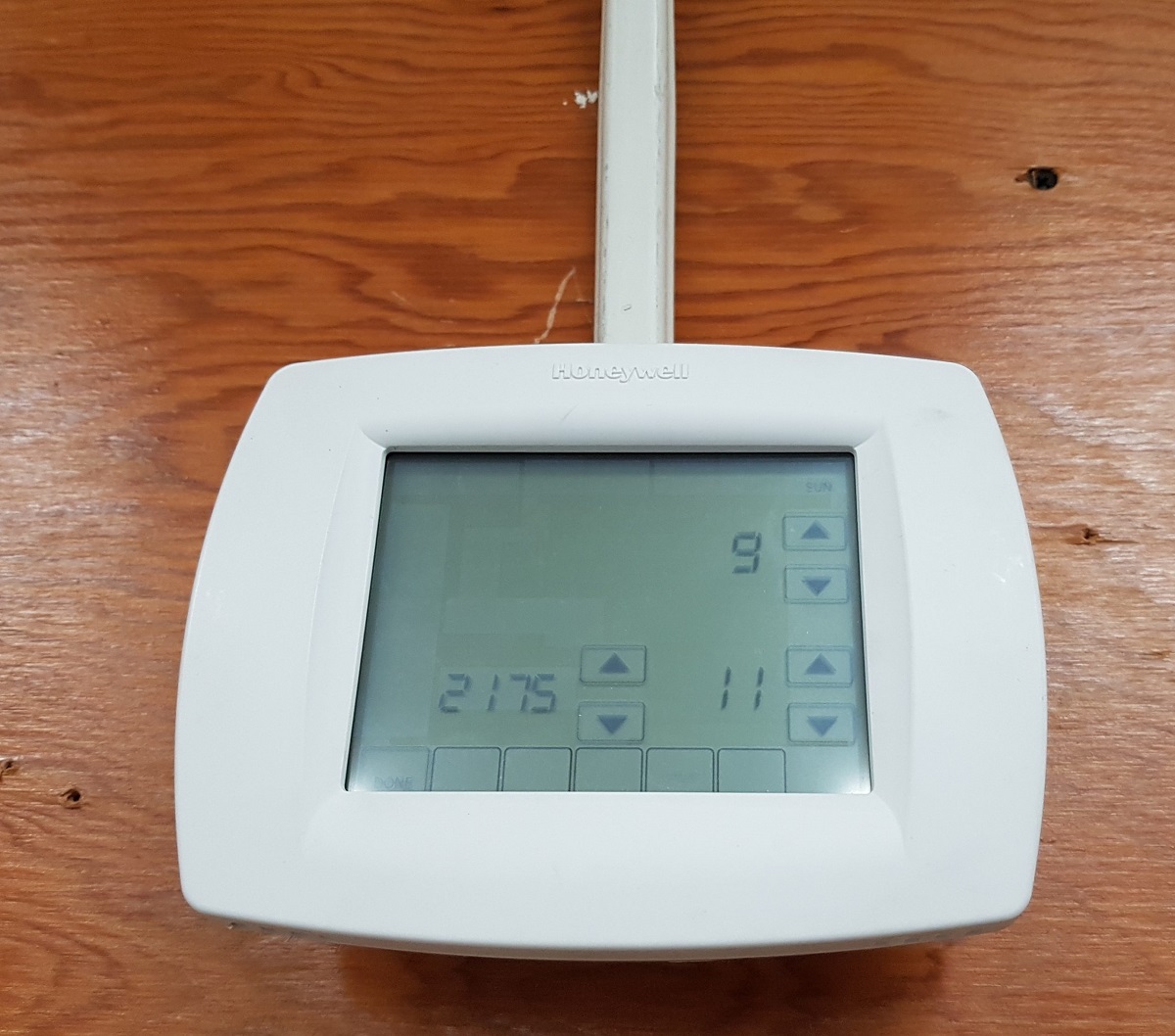

Home Automation Appliances
What Is A Low Voltage Thermostat
Modified: January 9, 2024
Learn about the benefits of a low voltage thermostat for your home automation appliances. Find out how it can improve energy efficiency and comfort.
(Many of the links in this article redirect to a specific reviewed product. Your purchase of these products through affiliate links helps to generate commission for Storables.com, at no extra cost. Learn more)
Introduction
Welcome to the world of home automation, where comfort meets efficiency. In this digital age, the concept of a smart home has transcended the realm of science fiction to become a tangible reality. One of the key components of a smart home is the low voltage thermostat, a device that plays a pivotal role in regulating the temperature of your living space while optimizing energy consumption.
In the following sections, we will delve into the intricacies of low voltage thermostats, shedding light on their functionality, benefits, and installation process. Whether you are a homeowner looking to upgrade your heating and cooling system or a technology enthusiast eager to explore the latest innovations in home automation, this comprehensive guide will provide you with valuable insights into the world of low voltage thermostats.
So, let's embark on a journey to unravel the mysteries of low voltage thermostats and discover how these ingenious devices can revolutionize the way we interact with our living environments.
Key Takeaways:
- Low voltage thermostats are smart devices that regulate home temperature efficiently, offering personalized comfort and energy savings. They integrate with smart home systems for remote access and voice control, enhancing the living experience.
- Installing and maintaining low voltage thermostats is simple and crucial for optimal performance. They come in various types, from digital programmable to smart thermostats, catering to diverse needs and HVAC configurations.
Read more: What Voltage Does A Thermostat Use
Understanding Low Voltage Thermostats
Low voltage thermostats are integral components of modern HVAC (Heating, Ventilation, and Air Conditioning) systems, designed to regulate the temperature within residential and commercial spaces. Unlike line voltage thermostats, which are commonly used in older heating systems, low voltage thermostats operate on a 24-volt electrical circuit. This lower voltage not only enhances safety but also allows for greater control and precision in temperature regulation.
These advanced thermostats are equipped with sophisticated sensors and programmable features, enabling users to set specific temperature preferences based on their daily schedules. By leveraging the power of digital technology, low voltage thermostats offer unparalleled convenience and energy efficiency, making them indispensable assets for modern homeowners.
Understanding the intricate mechanisms of low voltage thermostats involves delving into the realm of smart home automation and the convergence of cutting-edge electronics with traditional HVAC systems. Through a combination of intuitive interfaces and intelligent algorithms, these thermostats empower users to create personalized climate control settings, thereby optimizing comfort while minimizing energy wastage.
Moreover, low voltage thermostats serve as the nerve center of a smart HVAC ecosystem, facilitating seamless communication between heating, cooling, and ventilation components. This interconnectedness not only streamlines the overall operation of the HVAC system but also enables real-time monitoring and remote access, allowing users to adjust temperature settings from anywhere via their smartphones or other smart devices.
As we continue to unravel the intricacies of low voltage thermostats, we will gain a deeper appreciation for the transformative impact of these devices on modern living spaces. From their sleek designs to their intuitive functionalities, low voltage thermostats embody the marriage of comfort, efficiency, and technological innovation, setting new standards for climate control in the digital age.
How Low Voltage Thermostats Work
Low voltage thermostats operate on the principle of temperature regulation through the use of electronic sensors, microprocessors, and relay switches. These components work in harmony to maintain a consistent and comfortable indoor climate while optimizing energy usage.
At the core of a low voltage thermostat lies the temperature sensor, which detects the current ambient temperature. This sensor is often complemented by additional sensors that measure humidity levels and air quality, providing a comprehensive understanding of the indoor environment.
Upon receiving input from the sensors, the microprocessor within the thermostat processes this data and compares it to the user-defined temperature settings. Based on this analysis, the microprocessor triggers the appropriate relay switches to activate the heating or cooling systems, ensuring that the ambient temperature aligns with the user’s preferences.
Furthermore, many low voltage thermostats are equipped with programmable features that allow users to create customized temperature schedules. This functionality enables the thermostat to automatically adjust the temperature at different times of the day, aligning with the occupants’ typical routines. For example, the thermostat can lower the temperature during nighttime hours to conserve energy and raise it before the occupants wake up, ensuring a cozy environment in the morning.
Another key aspect of how low voltage thermostats work is their integration with smart home platforms and voice assistant technologies. By connecting to Wi-Fi networks and compatible smart home ecosystems, these thermostats enable remote access and voice control, empowering users to adjust temperature settings using their smartphones or voice commands. This seamless integration with modern technologies enhances user convenience and fosters a more connected living experience.
In essence, low voltage thermostats work by leveraging advanced electronics and intelligent algorithms to maintain optimal indoor temperatures while minimizing energy consumption. By combining precision control, programmable features, and smart connectivity, these thermostats epitomize the convergence of comfort and efficiency in the realm of home automation.
Benefits of Low Voltage Thermostats
Low voltage thermostats offer a myriad of benefits that cater to the diverse needs of modern homeowners, making them indispensable components of smart HVAC systems. From energy efficiency to enhanced comfort and convenience, these advanced thermostats are designed to elevate the quality of indoor living environments.
- Energy Efficiency: One of the primary advantages of low voltage thermostats is their ability to optimize energy usage. By employing precise temperature control and programmable scheduling, these thermostats facilitate the efficient operation of heating and cooling systems, resulting in reduced energy consumption and lower utility bills.
- Customized Comfort: Low voltage thermostats empower users to tailor temperature settings to their individual preferences. Whether it’s creating specific schedules for different days of the week or adjusting the temperature remotely via smart devices, these thermostats ensure that occupants enjoy personalized comfort without compromising energy efficiency.
- Remote Access and Monitoring: With the integration of Wi-Fi connectivity, low voltage thermostats enable remote access and real-time monitoring through smartphone apps or web interfaces. This feature allows users to adjust temperature settings from anywhere, ensuring that the home is always at the ideal temperature upon their return.
- Smart Home Integration: Low voltage thermostats seamlessly integrate with smart home platforms, enabling compatibility with voice assistants and other smart devices. This integration enhances the overall home automation experience, allowing users to control their thermostats using voice commands and incorporate them into broader smart home routines.
- Data Insights and Analytics: Many low voltage thermostats provide data insights and analytics regarding energy usage and temperature patterns. By gaining visibility into their HVAC systems’ performance, users can make informed decisions to further optimize energy efficiency and comfort levels.
- Sleek Design and User-Friendly Interfaces: These thermostats are often designed with sleek, modern aesthetics and intuitive interfaces, enhancing their visual appeal and ease of use. The combination of form and function ensures that low voltage thermostats seamlessly blend into various home environments while offering a user-friendly experience.
Overall, the benefits of low voltage thermostats extend beyond mere temperature regulation, encompassing energy savings, personalized comfort, smart connectivity, and user-centric design. By embracing these cutting-edge devices, homeowners can elevate their living spaces to new heights of efficiency, convenience, and modernity.
Types of Low Voltage Thermostats
Low voltage thermostats come in various types, each offering unique features and functionalities tailored to different HVAC systems and user preferences. Understanding the distinctions among these types is crucial for selecting the ideal thermostat that aligns with specific heating and cooling requirements.
- Digital Programmable Thermostats: These thermostats feature digital displays and programmable settings, allowing users to create customized temperature schedules. With the ability to set different temperatures for various times of the day or week, digital programmable thermostats offer precise control and energy-saving capabilities.
- Smart Thermostats: Smart thermostats represent the pinnacle of low voltage thermostat technology, integrating Wi-Fi connectivity, smartphone apps, and compatibility with smart home platforms. These thermostats enable remote access, voice control, and advanced energy management features, providing unparalleled convenience and connectivity.
- Touchscreen Thermostats: Equipped with intuitive touchscreen interfaces, these thermostats offer a modern and user-friendly experience. Users can easily navigate through temperature settings and programming options, enhancing the overall interaction with the thermostat.
- Programmable Thermostats: Similar to digital programmable thermostats, programmable thermostats allow users to set temperature schedules based on their daily routines. These thermostats offer flexibility in managing heating and cooling cycles, contributing to energy efficiency and comfort optimization.
- Wireless Thermostats: Wireless low voltage thermostats eliminate the need for physical wiring between the thermostat and HVAC system, offering greater installation flexibility. These thermostats communicate with heating and cooling equipment via wireless protocols, streamlining the installation process and enhancing adaptability.
- Zoned Thermostats: Zoned low voltage thermostats are designed for multi-zone HVAC systems, allowing independent temperature control in different areas or rooms of a building. By dividing the space into zones with separate thermostats, users can optimize comfort and energy usage based on specific occupancy and usage patterns.
Each type of low voltage thermostat presents distinct advantages and capabilities, catering to diverse user preferences and HVAC system configurations. Whether it’s the advanced connectivity of smart thermostats, the intuitive interfaces of touchscreen thermostats, or the zoning capabilities of zoned thermostats, the array of options ensures that homeowners can find the perfect solution to meet their climate control needs.
A low voltage thermostat operates on 24 volts and is commonly used in residential heating and cooling systems. It’s important to check the compatibility of the thermostat with your HVAC system before installation.
Read more: How To Wire A Line Voltage Thermostat
Installation and Maintenance of Low Voltage Thermostats
Installing and maintaining low voltage thermostats is a straightforward process that can significantly enhance the comfort and energy efficiency of a home. Whether replacing an existing thermostat or integrating a new one into a smart home ecosystem, following best practices for installation and upkeep is essential for optimal performance.
Installation:
Before installing a low voltage thermostat, it’s crucial to turn off the power to the HVAC system at the circuit breaker to ensure safety. The following steps outline a general procedure for installing a low voltage thermostat:
- Remove the Old Thermostat: Carefully detach the old thermostat from the wall, taking note of the wire connections and labeling them for reference during the new thermostat installation.
- Prepare the Wall and Wiring: Ensure that the wall surface is clean and level. Check the wiring to ensure it is in good condition and compatible with the new thermostat.
- Mount the New Thermostat: Securely mount the new thermostat base to the wall, making sure it is level and stable. Connect the labeled wires to the corresponding terminals on the base according to the manufacturer’s instructions.
- Complete the Installation: Attach the thermostat cover and restore power to the HVAC system. Follow the manufacturer’s guidelines to configure the thermostat settings and program any desired schedules.
Maintenance:
Regular maintenance is essential for ensuring the long-term functionality and efficiency of low voltage thermostats. Here are some maintenance tips to keep these devices in optimal condition:
- Check and Replace Batteries: If the thermostat uses batteries for backup power, regularly check and replace them as needed to prevent potential interruptions in operation.
- Keep the Thermostat Clean: Periodically clean the thermostat’s exterior and touchscreen (if applicable) using a soft, dry cloth to remove dust and debris. Avoid using harsh cleaning agents that may damage the device.
- Inspect Wiring and Connections: Routinely inspect the thermostat’s wiring and terminal connections to ensure they are secure and free of corrosion or damage. Loose or damaged connections can lead to operational issues.
- Update Firmware and Software: For smart thermostats, stay updated with the latest firmware and software releases provided by the manufacturer. These updates often include enhancements and bug fixes to improve performance and security.
- Professional Maintenance: Consider scheduling periodic HVAC system inspections by qualified technicians to ensure that the thermostat and the entire heating and cooling system are functioning optimally.
By adhering to proper installation procedures and implementing routine maintenance practices, homeowners can maximize the performance and longevity of their low voltage thermostats, fostering a comfortable and energy-efficient indoor environment.
Conclusion
As we conclude our exploration of low voltage thermostats, it becomes evident that these devices represent a cornerstone of modern home automation, offering a blend of advanced technology, energy efficiency, and user-centric design. From their ability to regulate indoor temperatures with precision to their seamless integration with smart home ecosystems, low voltage thermostats have redefined the way we interact with our living spaces.
By embracing the benefits of low voltage thermostats, homeowners can enjoy customized comfort, reduced energy consumption, and enhanced control over their HVAC systems. The versatility of these thermostats, ranging from digital programmable options to cutting-edge smart thermostats, ensures that individuals can select the perfect solution to meet their specific needs and lifestyle preferences.
Furthermore, the installation and maintenance of low voltage thermostats, when approached with care and attention to detail, can significantly contribute to the long-term performance and reliability of these devices. Whether it’s upgrading an existing thermostat or incorporating a new one into a smart home setup, following best practices for installation and upkeep is essential for maximizing the benefits of these innovative devices.
As technology continues to advance, low voltage thermostats are poised to evolve further, offering even more sophisticated features and seamless integration with emerging smart home technologies. This ongoing progression underscores the pivotal role of these devices in shaping the future of residential climate control and energy management.
In essence, low voltage thermostats epitomize the harmonious convergence of comfort, efficiency, and technological innovation, empowering homeowners to create living environments that are not only conducive to their well-being but also aligned with sustainable energy practices. As we look ahead, the journey of low voltage thermostats is set to continue, ushering in an era of unparalleled comfort and energy-conscious living.
So, as you embark on your quest for an optimized home climate control solution, consider the transformative potential of low voltage thermostats and the myriad benefits they bring to the modern living experience.
Frequently Asked Questions about What Is A Low Voltage Thermostat
Was this page helpful?
At Storables.com, we guarantee accurate and reliable information. Our content, validated by Expert Board Contributors, is crafted following stringent Editorial Policies. We're committed to providing you with well-researched, expert-backed insights for all your informational needs.

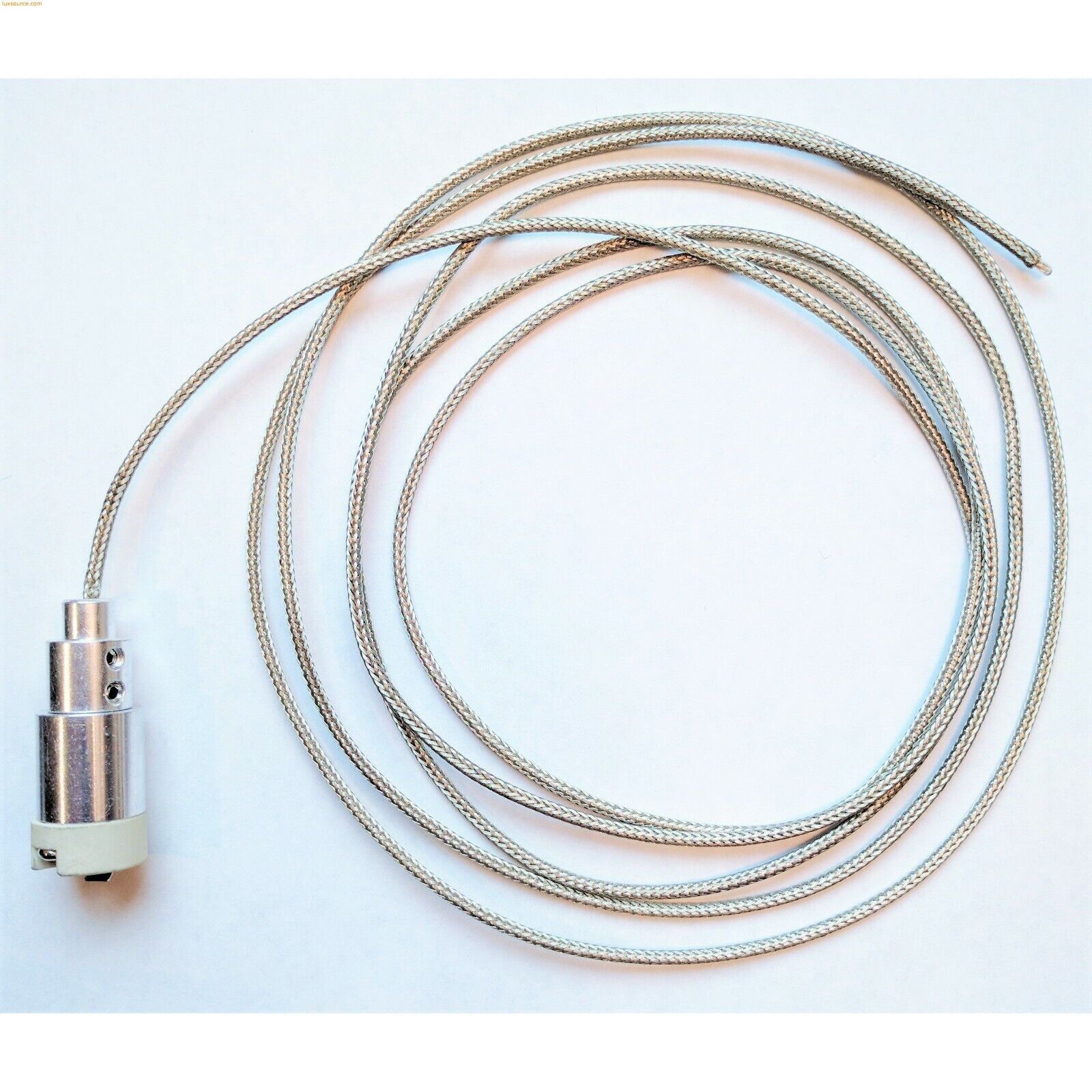
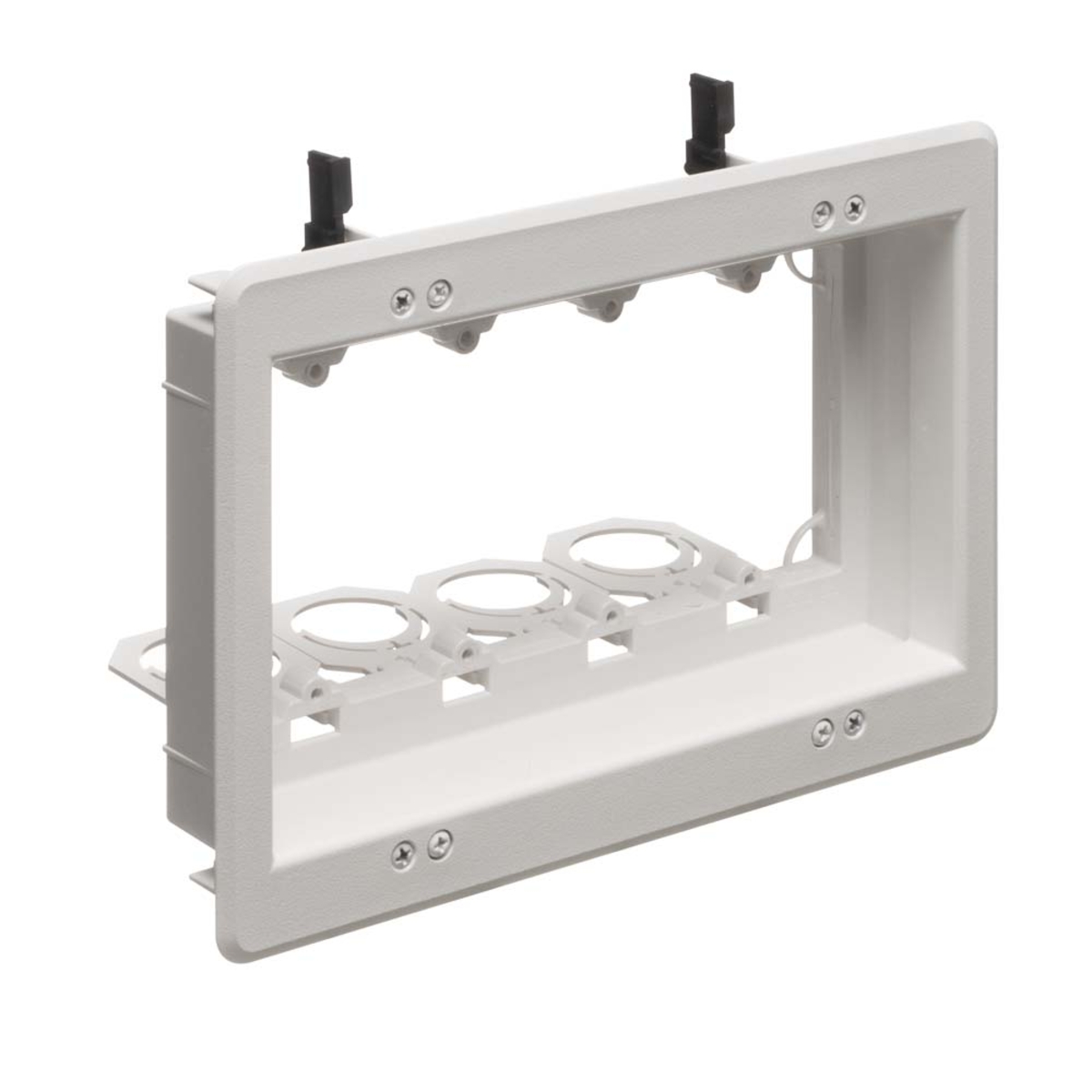
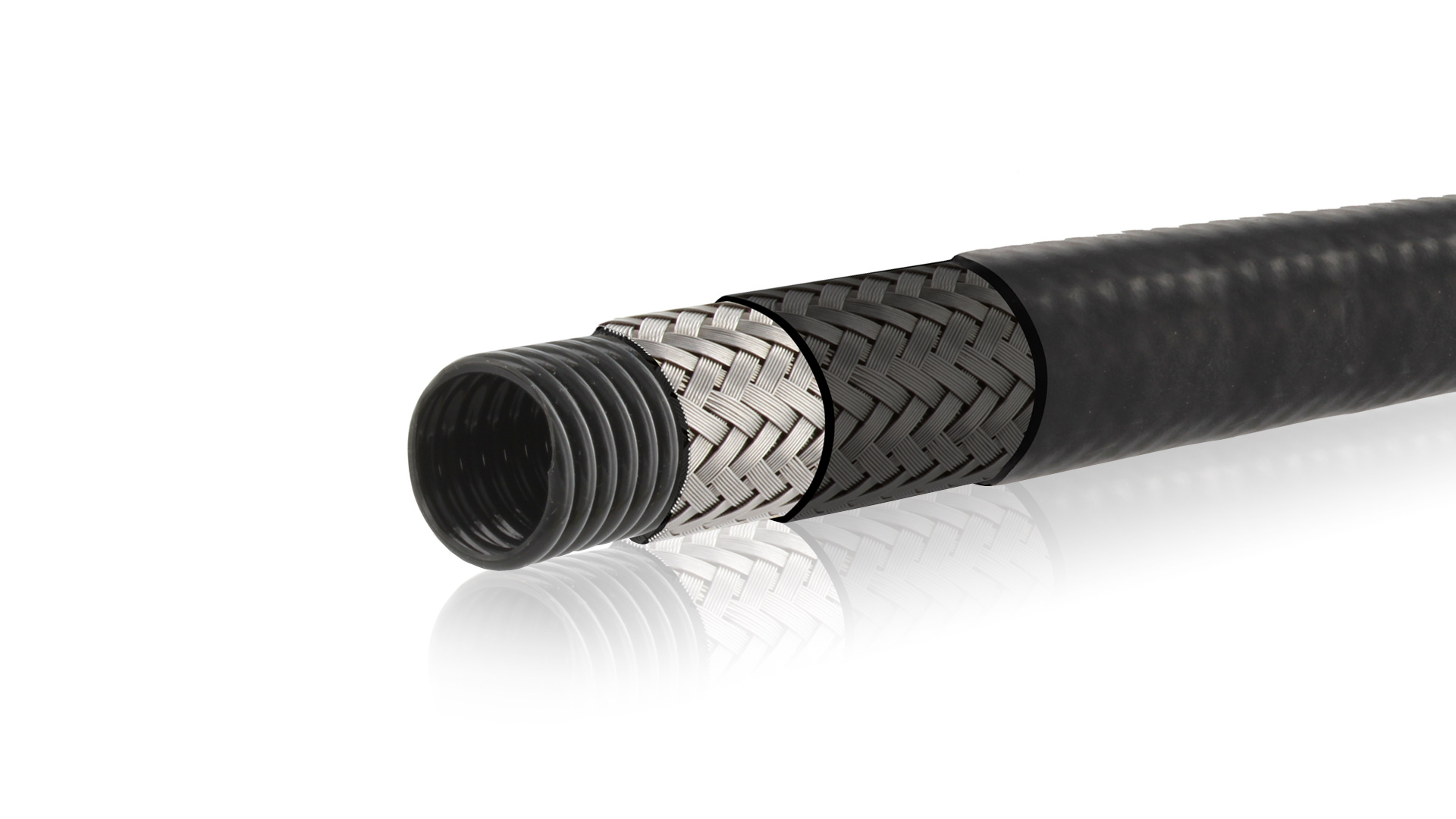

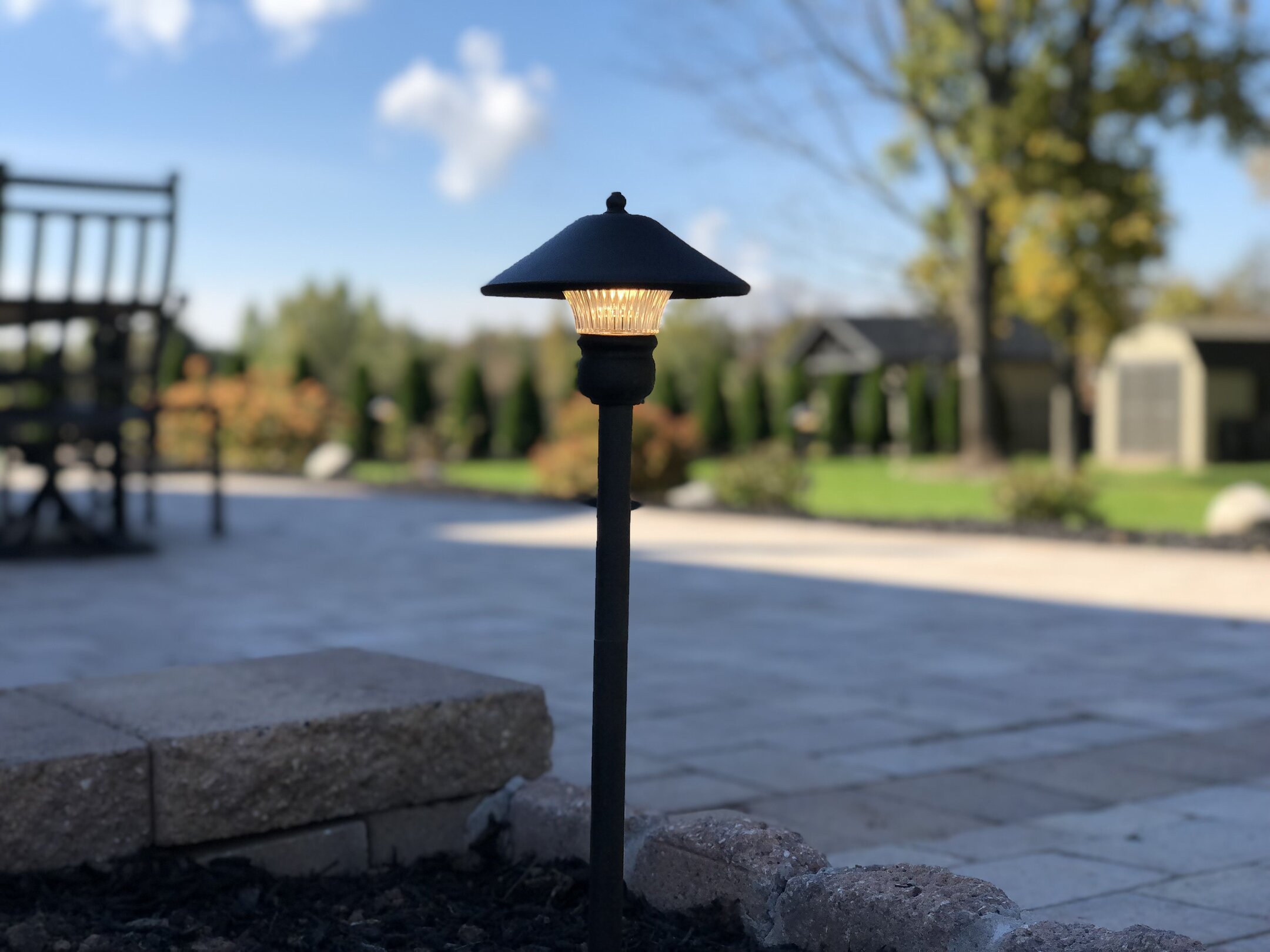
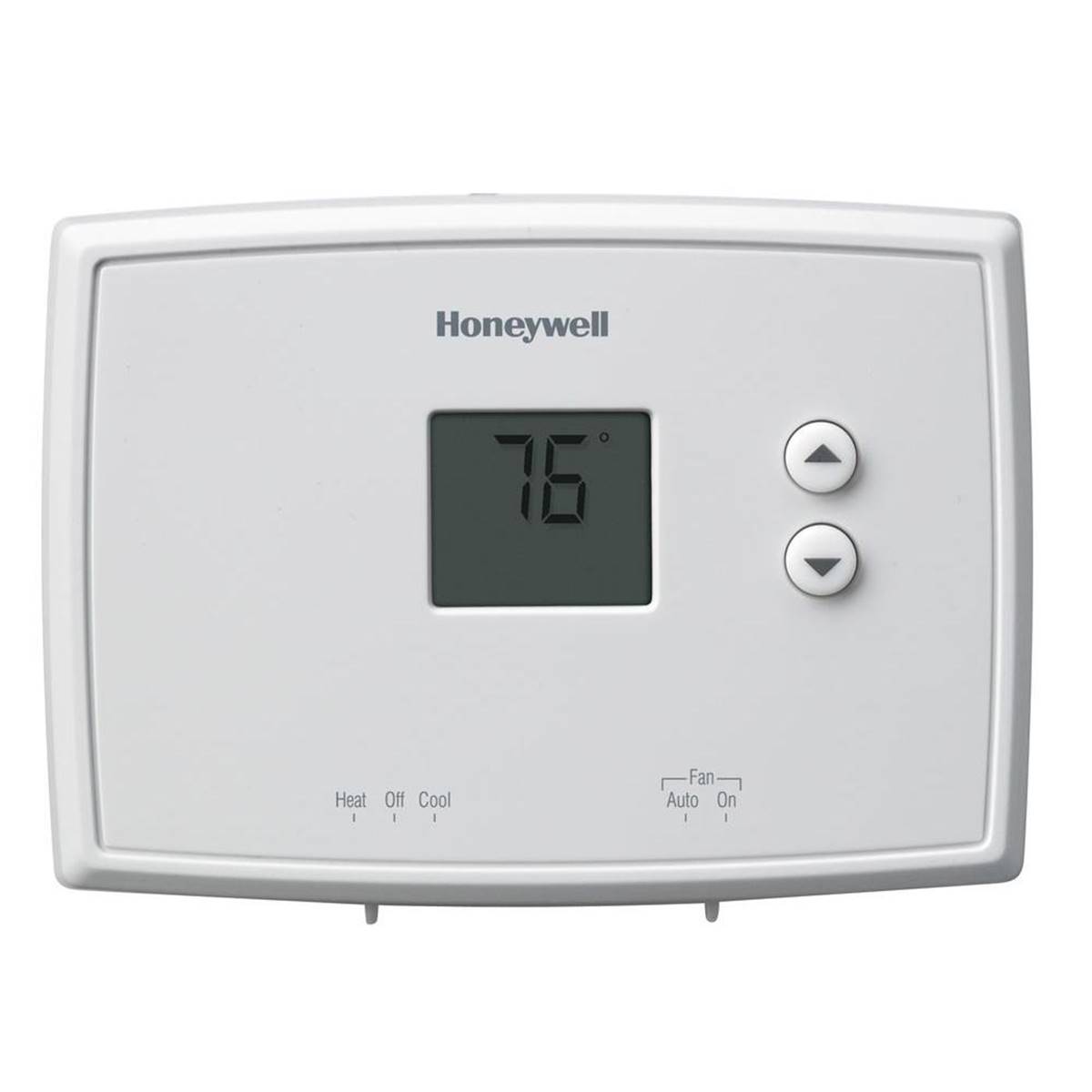
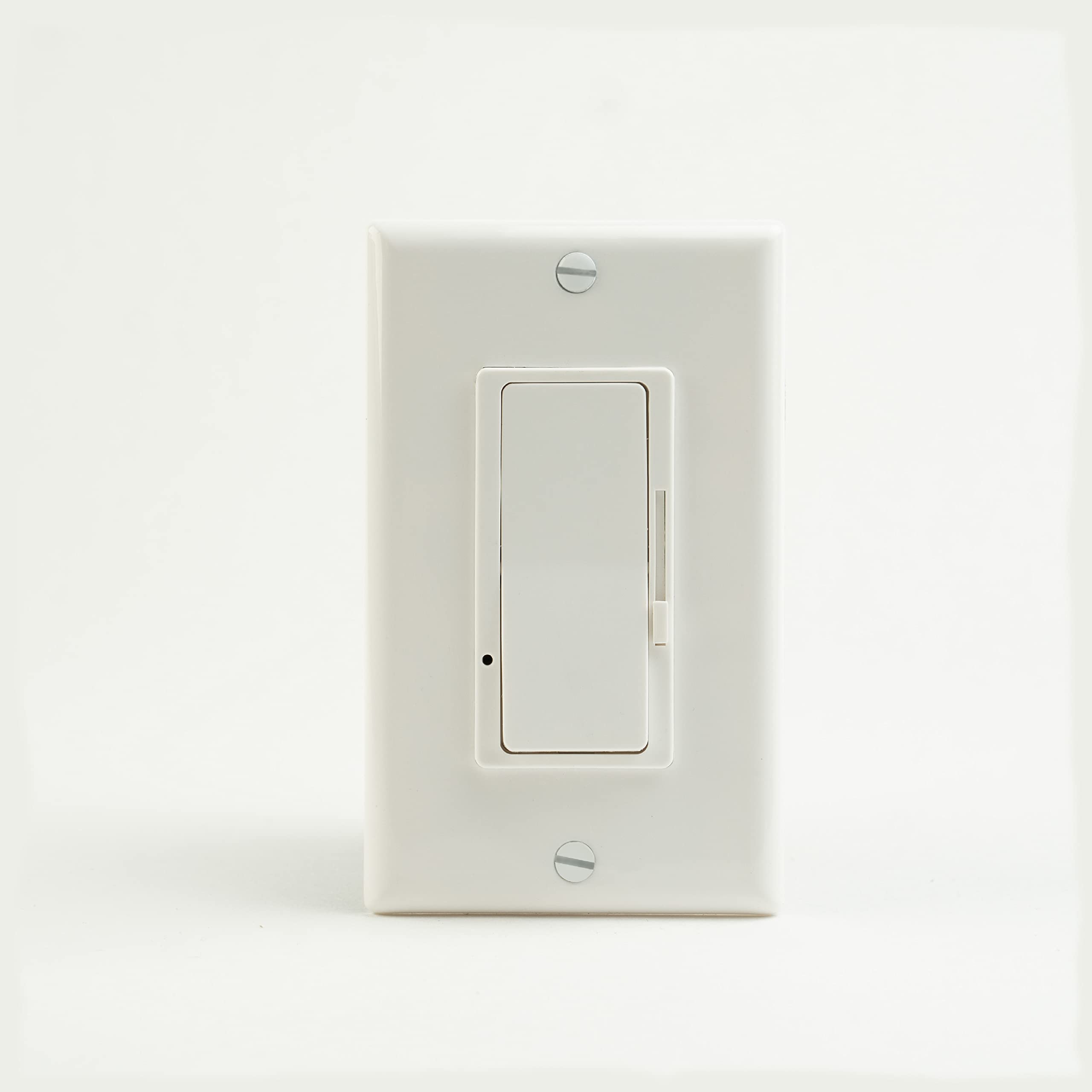
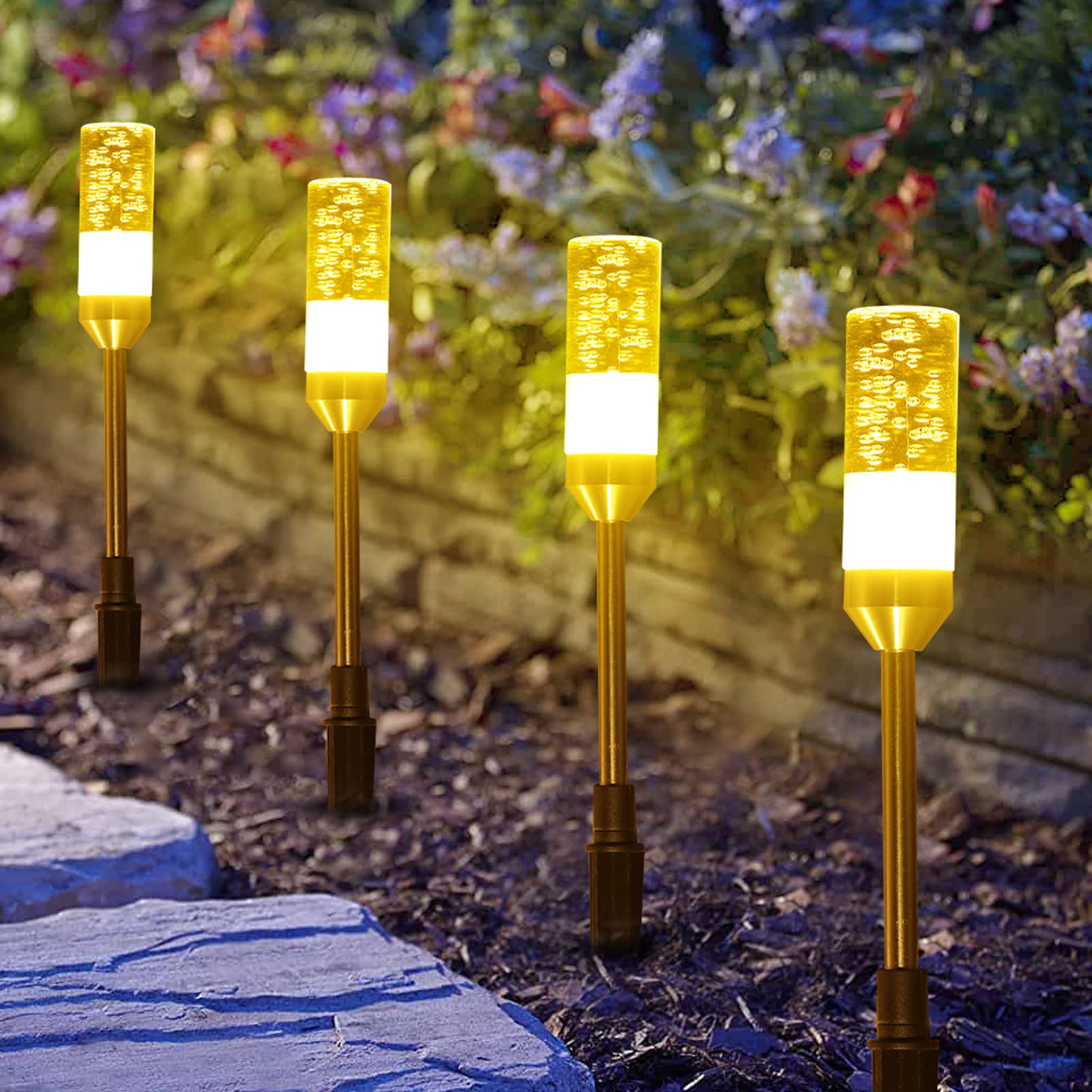
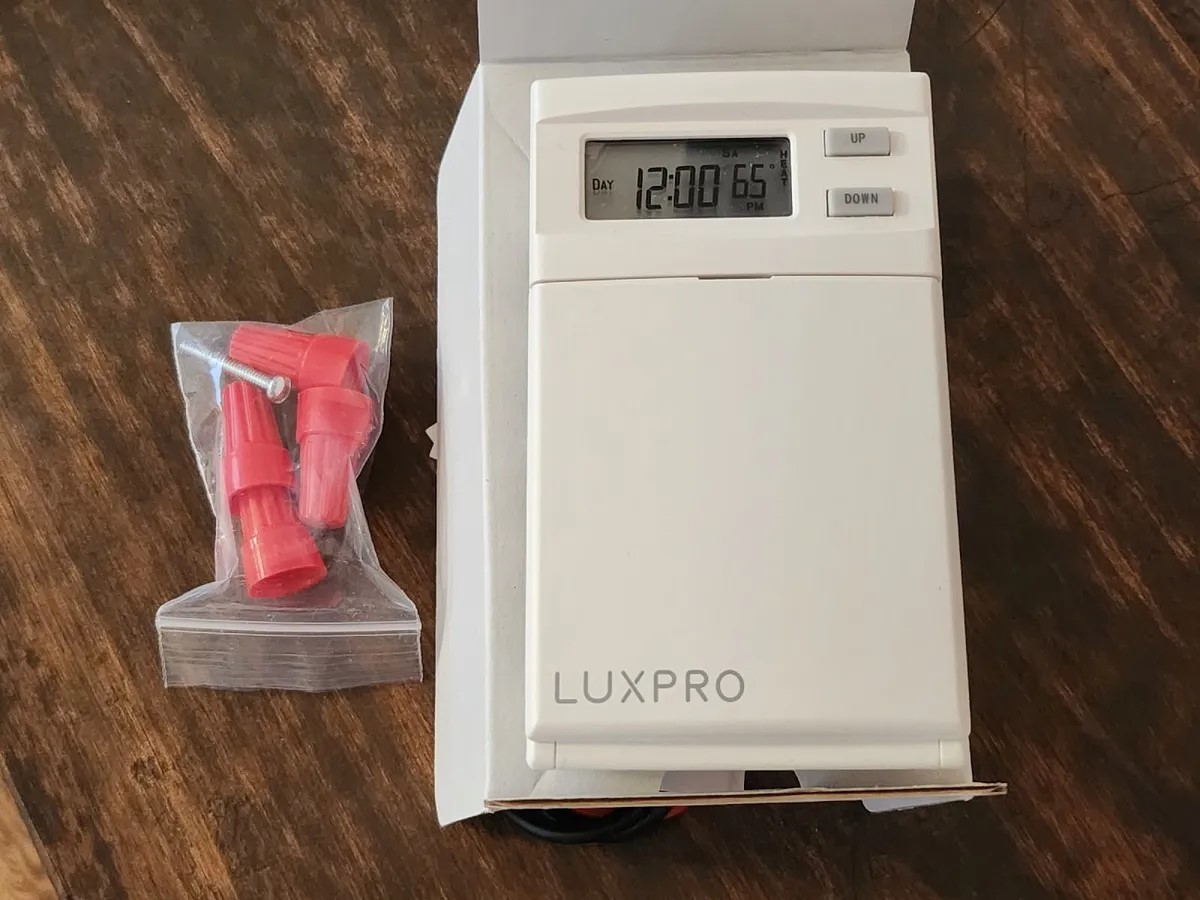
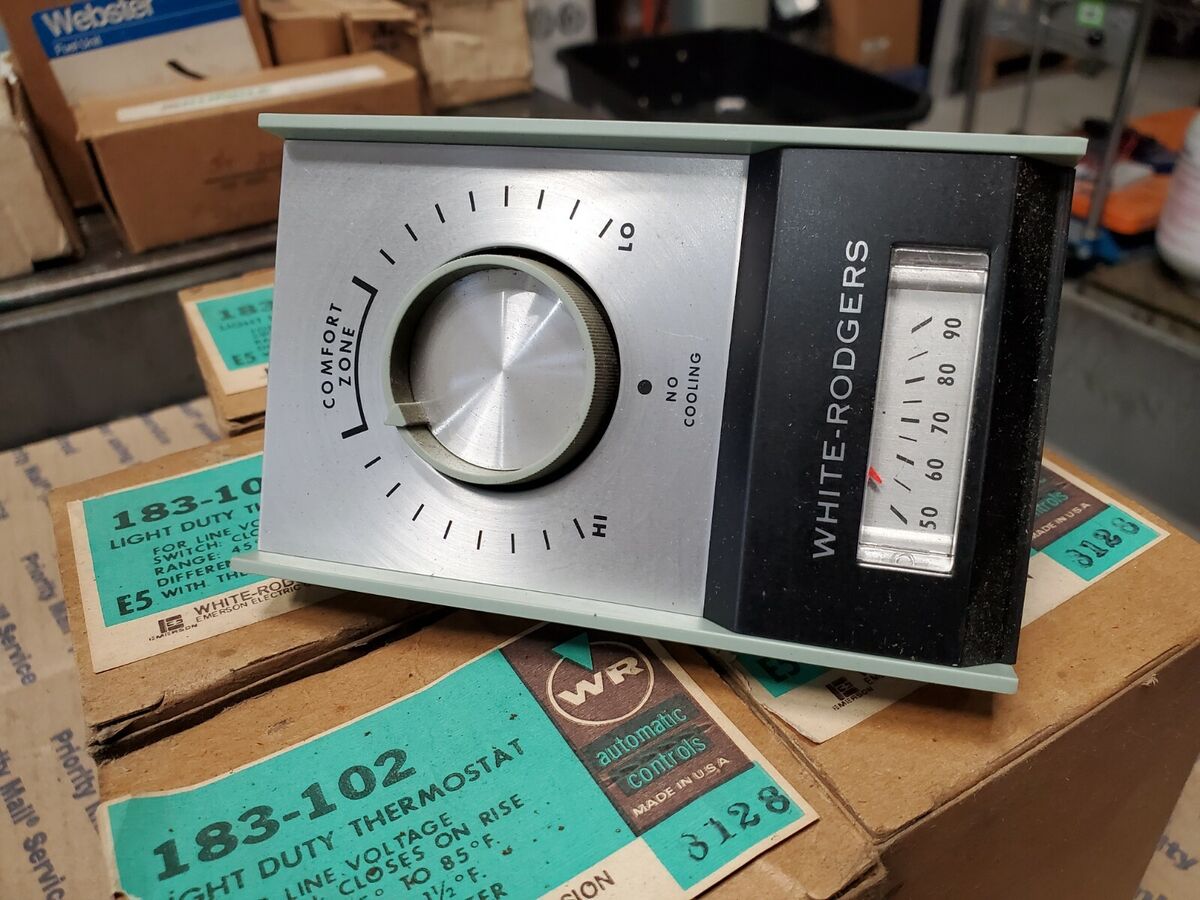
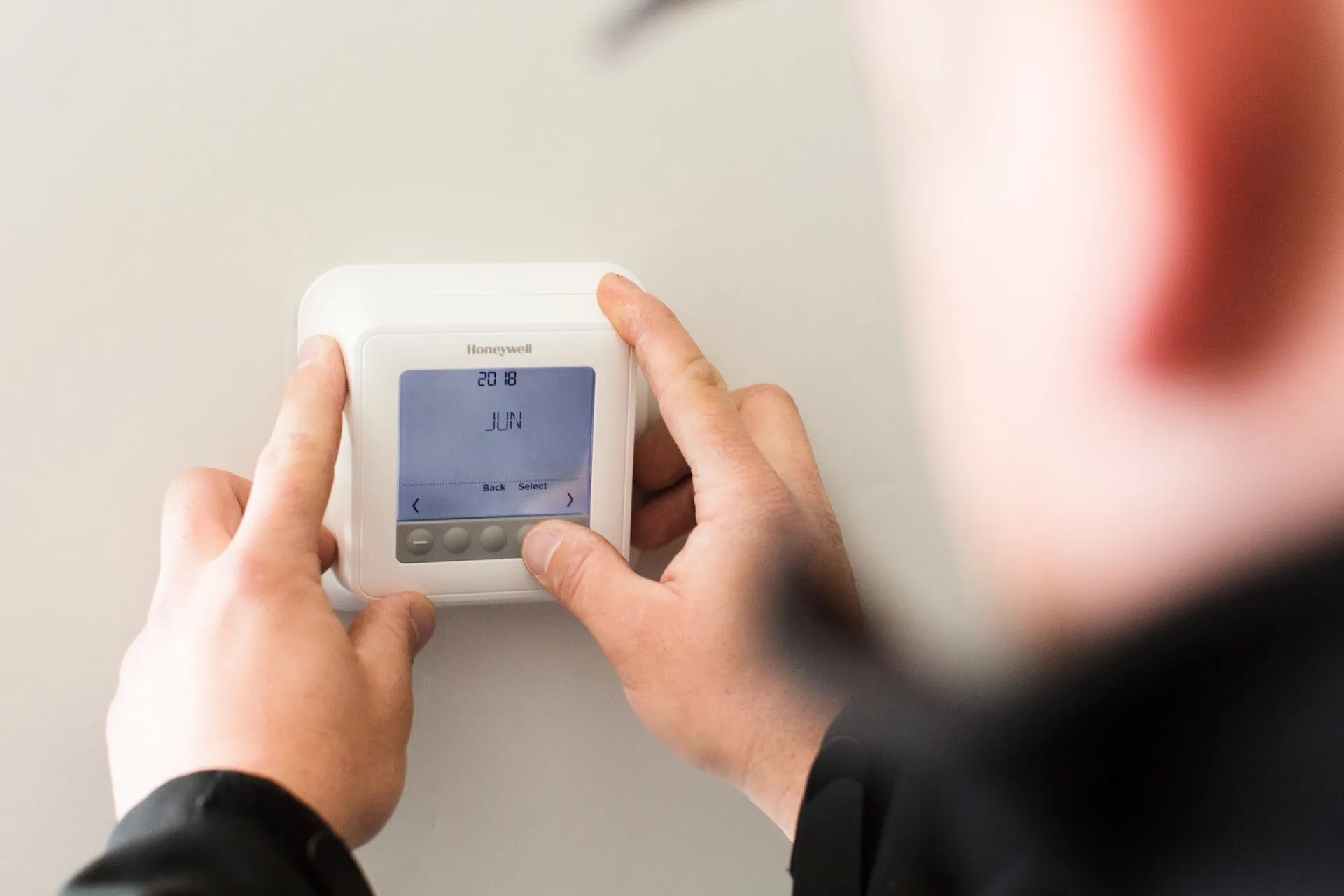

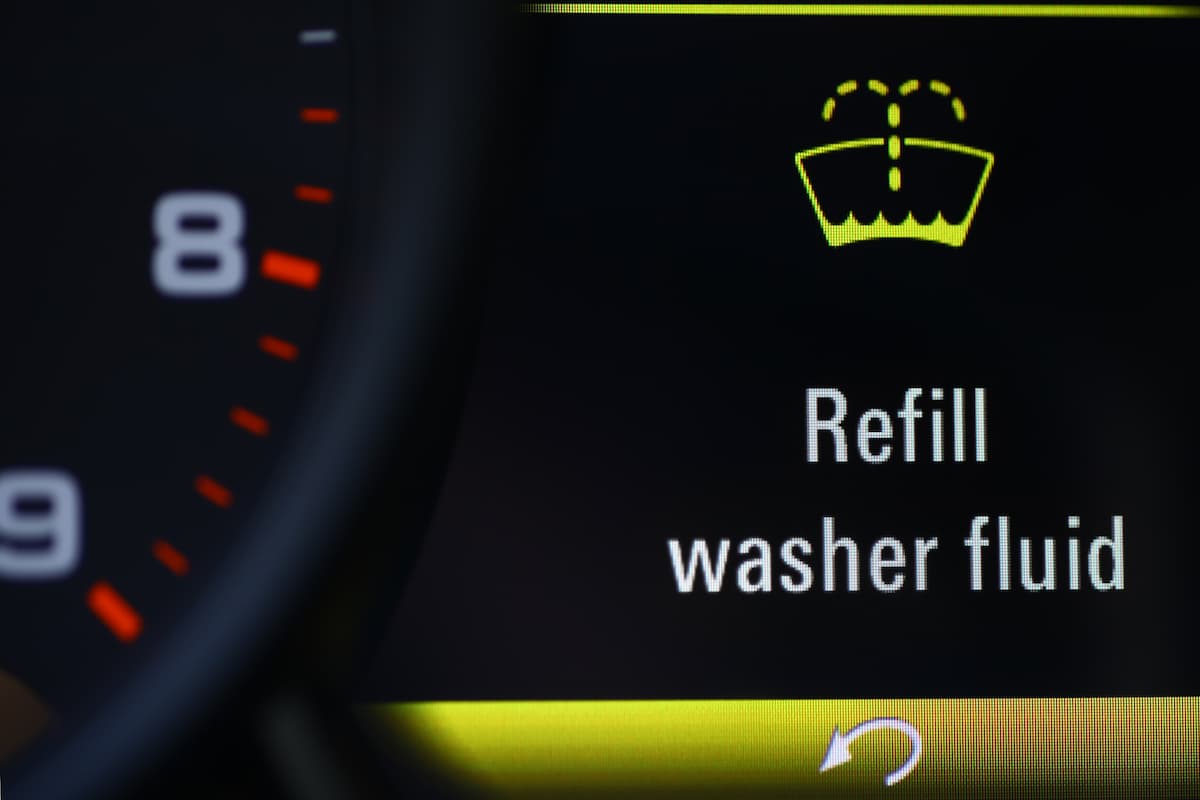

0 thoughts on “What Is A Low Voltage Thermostat”